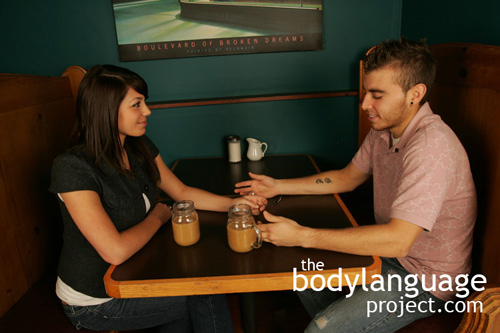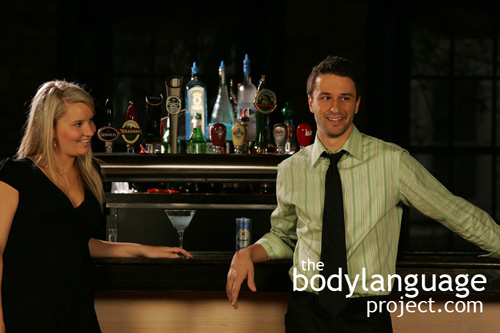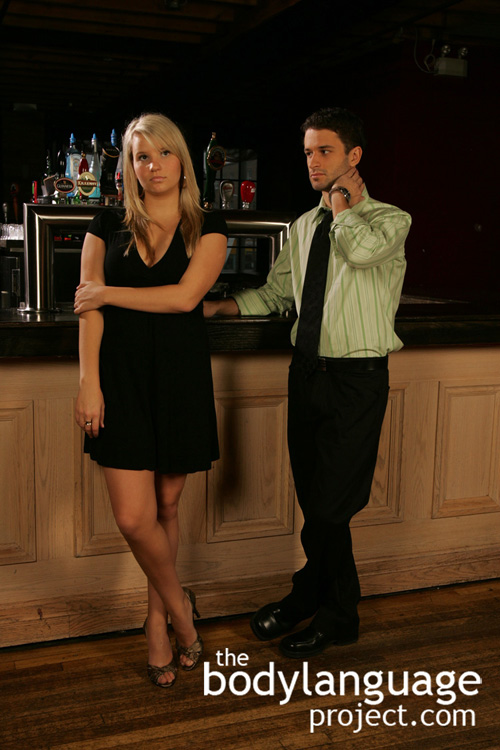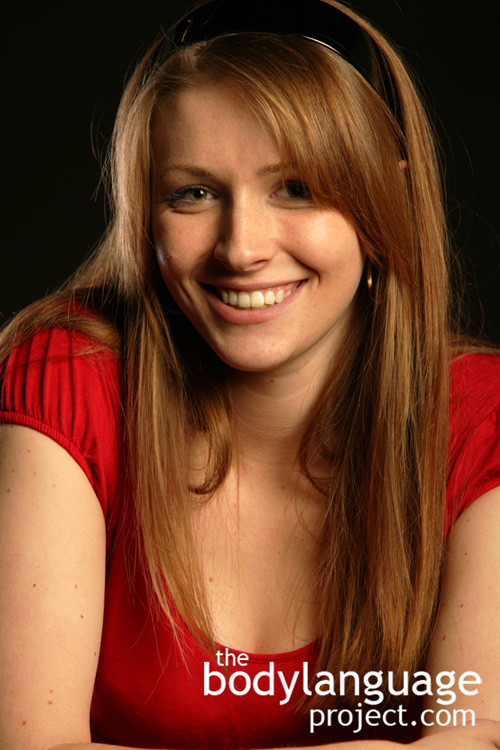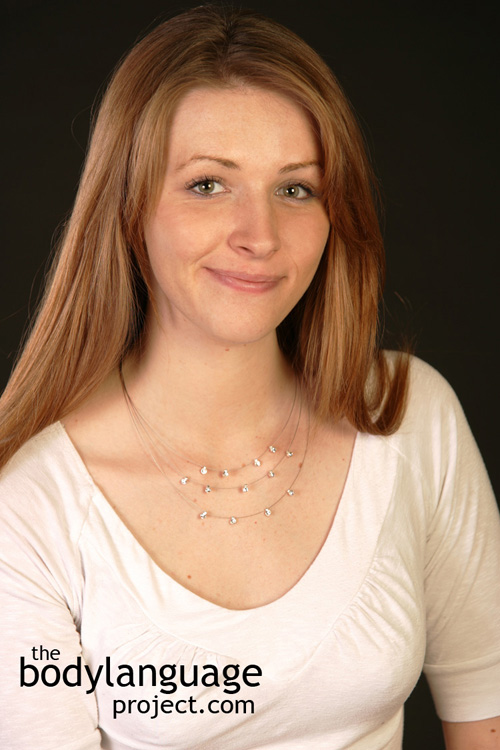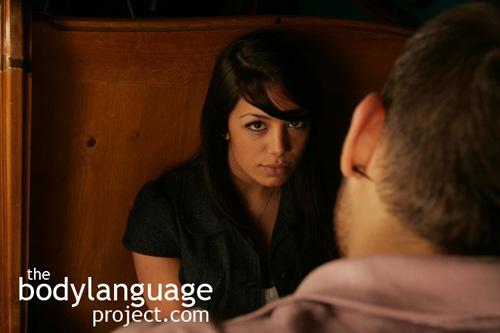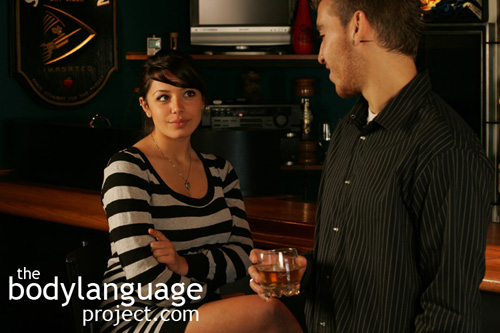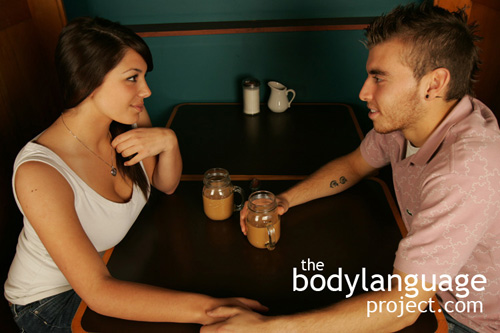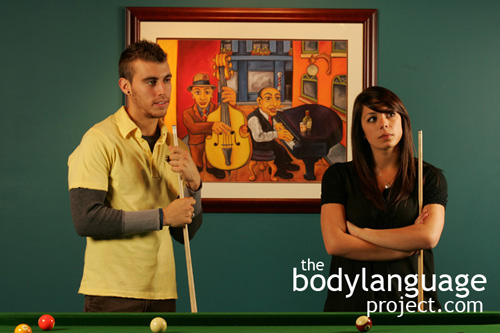
Depending on the context, arm crossing might mean someone is physically cold – or emotionally cold.
Arms in the non-verbal world are shields. Folding the arms across the body is like cutting off access to our core that houses our vital organs, our heart and lungs. Just like putting up a shield, the arms protect us, not only from physical attack which can elicit closed body language, but it also protects us from unwanted outside views which we do not agree with. Therefore, having the arms across the chest can mean that either a physical threat or emotional threat is present. Arms crossed, in meeting or conversation means that the person is defensive, negative, uncertain and insecure and naturally, what is being asked of them will be met with disagreement.
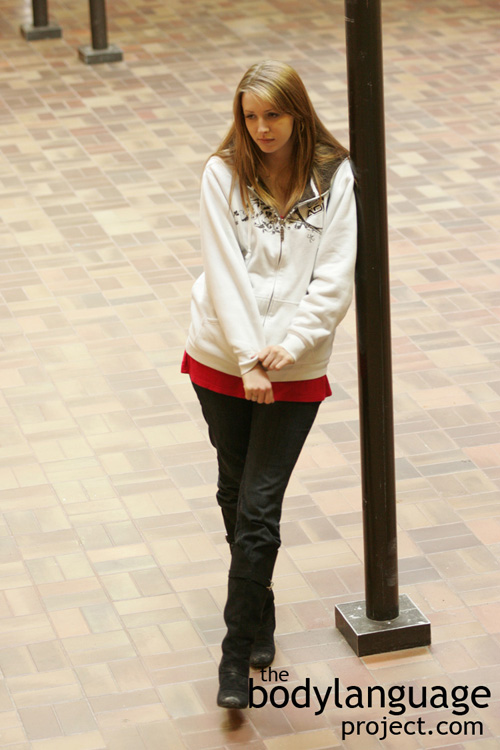
An abbreviated arm cross where the hand seems to perform a necessary task. In reality, this person feels uncomfortable and is shielding themselves.
Arm crossing happens much more frequently in public than anywhere else. We especially see it in elevators, when exposed to a large group that makes us uncomfortable or when pitched a bad deal from a door-to-door salesman. When in public, arm crossing is due to the stress of being in a novel environment rather than due to holding negative thoughts per se. Women who are unreceptive to a pick-up at a bar or club will also be found holding this posture so as to maintain their personal space and thwart sexual advances.
As you read body language, you will eventually come across someone that tries to convince you that their closed language is a function of comfort, as in it just feels right, rather than as a tell to some underlying stress. However, arm crossing is one of the gestures that proves the body language rule rather than disproves it. The research makes it clear though, that we adopt positions because there is an underlying emotion attached to it and that this is the reason which makes the position comfortable and rather than the other way around. Body language feels right when we express underlying feelings because it provides us with a release. Conversely, if we wish to avoid closed body postures, or any bad postures for that matter, we must first attack and cure the root source of the emotion and then open posture will come naturally.
Arm crossing takes up various forms too besides the recognizable full arm cross. The more evident and strong the arm crossing, the more seeded the action is in the mind of the person executing it. As body language senders we should always try to hold opened and honest body language as a default condition as it will yield the best results under most circumstances.
Here are some examples:
______________________________________________________________________________________________
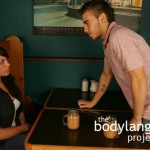
A hidden arm cross showing disagreement and withdrawal.

A masked arm cross.
[ONE] Resting one arm straight out onto the table to the front and placing the opposite hand on the wrist or forearm of the other [images show other variations of this posture].
______________________________________________________________________________________________
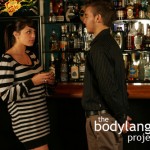
The coffee cup barrier – even drinks can fudge as a shield. To appear open, simply drop the drink to your side or set it down.
[TWO] Holding a drink in one hand with the arm perpendicular to the body (parallel to the table) with or without applying weight to the arm [image shows other variation of this posture].
______________________________________________________________________________________________

The ‘figure four leg’ lock – note the leg forms the 4 shape with hands locking it in.

Figure four leg lock.
[THREE] Crossing one leg over the knee of the other and holding the ankle to lock it in.
______________________________________________________________________________________________

A childhood throwback – making us feel held and protected.
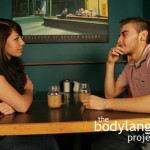
It looks like the conversation is going well, but the arms are being gripped showing negative thoughts.
[FOUR] Full self embrace where the arms are unlocked.
______________________________________________________________________________________________

A partial arm cross.
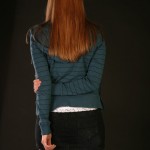
Replicating Mom holding our arm and protecting us.
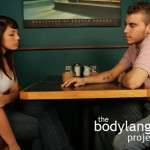
Another version of an arm cross for defense.
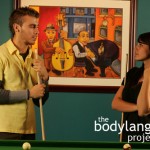
Cutting off ventral access is a closed body position.
[FIVE] The opposite hand reaches over the body to grab the elbow or shoulder of the opposite arm.
______________________________________________________________________________________________
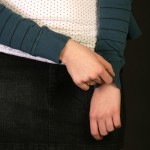
Covert insecurity.
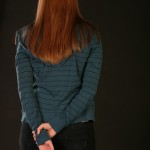
It reminds us of Mom keeping us safe.
[SIX] Subtle arm crossing where the hand grabs the wrist of the opposite side.
______________________________________________________________________________________________
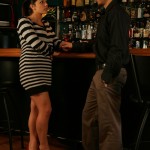
The arm crosses and seems to serve a supportive role.
[SEVEN] The arm crosses and seems to serve a supportive role.
______________________________________________________________________________________________

Hand seems to alleviate an itch.
[EIGHT] Hand seems to alleviate an itch.
______________________________________________________________________________________________
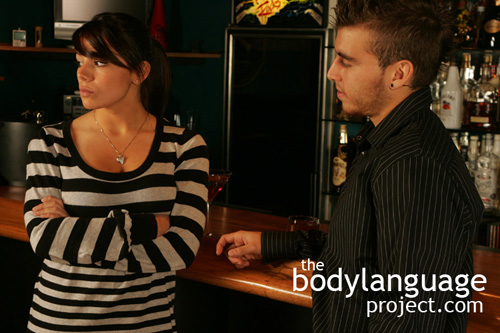
Good things are not on the horizon.
While most closed body language means that a negative attitude is present, context permitting, there exist varying degrees. For example, full arm crossing accompanied by expressionless faces, a tense, rigid, or hostile posture with limbs that appear frozen runs the gambit of rejection. Tentative closed body language where only some blocking is happening will show a semi-relaxed body language, possible boredom, a neutral face and moderate movement of the arms and hands. In the first case, where closed language is extreme, getting any kind of agreement is unlikely. The second set of postures says that there’s a possibility of forming an agreement. So rather than depicting “no”, some closed body language says “Maybe” or “I’ll think about it.”
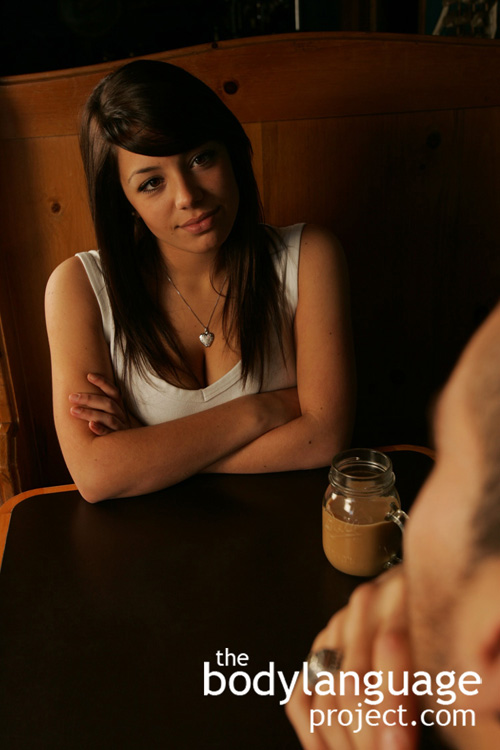
The head titled at 45 degrees says that there’s a chance to close this deal.
Opened and closed body language as we have seen is a matter of degree. Language that has no closed body positions says “yes” some closed means “maybe” and a lot means “no.” This is highly useful especially if you wish to sway a target. Men who wish to proposition women can read between the lines. If they see a half arm cross where one arm holds the elbow of the other, then he may still have a shot as she could just be timid. In this case, she is telling you that she is uneasy with your approach but might accept your proposal if you can present a better pitch. Because her mind isn’t completely made up it would be worthwhile to continue. But if she has a hostile expression, with arms tightly folded across her chest, with her head cocked to the side she probably isn’t willing to hear your pitch, so it would be a waste of time to continue. Reading negative body language can help us read employers as we look for pay raise, better deals on a watch or jewelry, getting permission from those in authority and generally gaining access to resources we ordinarily wouldn’t.
Be careful with the pressure you apply. You may be able to get a better deal from a used car salesmen, but when dealing with employees, an employer or a client, it’s probably best to keep body language open and inviting.

